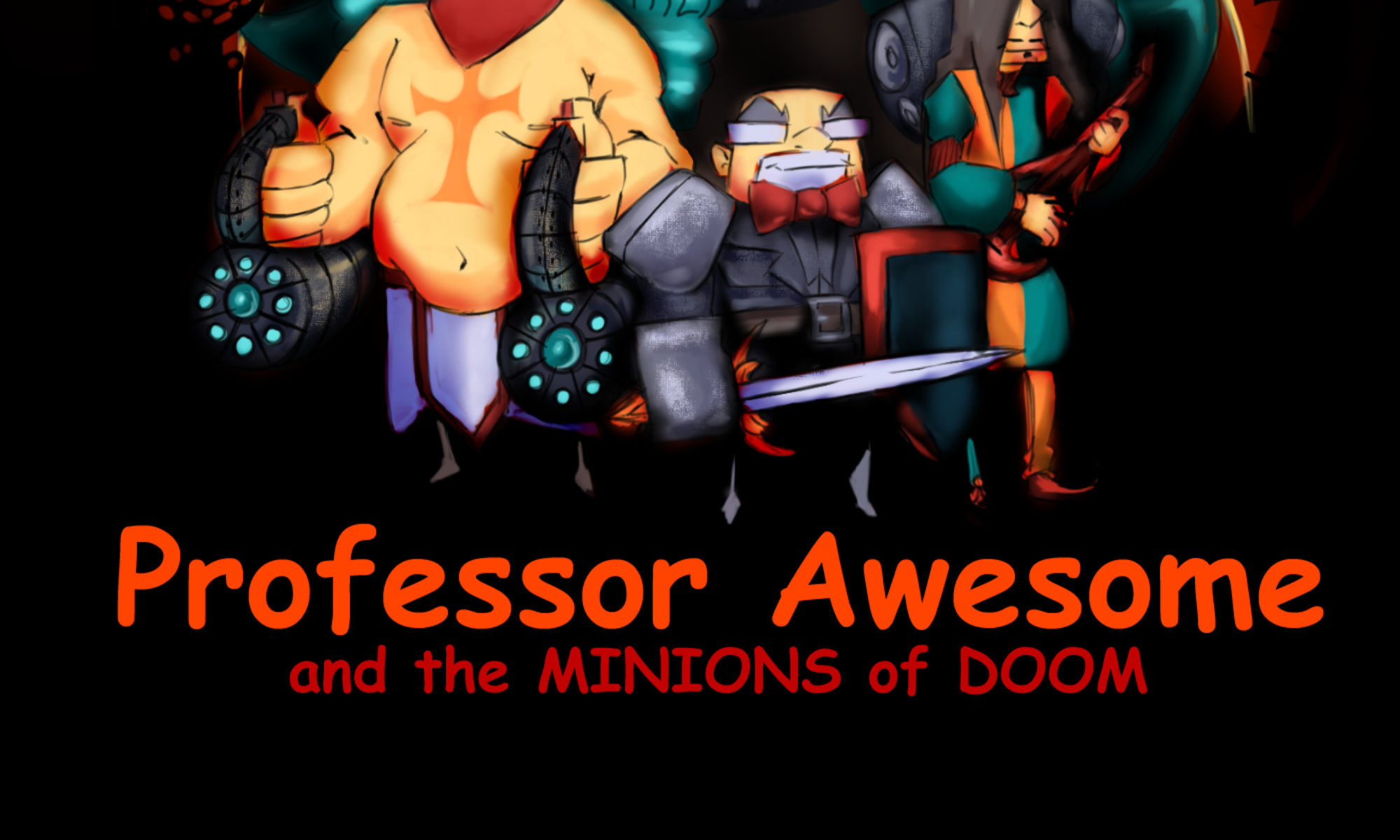In honor of the new Tolkien translation, we present the Thug Notes for Beowulf.
Tolkien’s Beowulf — Flash Review
JRR Tolkien’s translation of Beowulf is like the hero himself — flawed, yet triumphant. In his introductory material, the translator’s son, Christopher Tolkien, strikes a defensive tone, and seems to anticipate a negative scholarly reception, yet that tone is unfair to medieval scholars. JRR Tolkien was not only a member of that band of medieval scholars himself, but a chief in his generation, and when “the leader of the company […] opened his store of words,” [Tolkien 209-10, Beowulf 259] you should expect his band to listen with glad hearts.
First, some caveats — this is intended to be a flash review after the first reading. I have not yet read all of Christopher Tolkien’s extensive notes. Also, in order to get immediate access, I read the Kindle version of the translation, which has a few differences. C Tolkien mentions some illustrations his father drew, which unfortunately (and inexplicably) are not in included in the e-book edition. Also, as JRR Tolkien was doing a semi-prose translation, the line numbers do not match up between Tolkien’s version and the Old English original, and although C Tolkien mentions side-by-side line references to the original, those references do not make it into the Kindle edition. This review is very much my first impressions.
As a writer, JRR Tolkien has two distinct voices in his fantasy fiction — epic voice, of the highborn characters one finds in The Silmarillion and Lord of the Rings, and fairy-story voice, more characteristic of The Hobbit and “Leaf by Niggle.” His translation of Beowulf and shorter “The Lay of Beowulf” are both very much of the epic voice — intentionally anachronistic, heroic, and high-minded. “Sellic Spell,” on the other hand, is a retelling of Beowulf in the fairy-story voice. When reading his epic voice, it is hard not to feel as if Tolkien is trying to translate in the style of Lord of the Rings, when we certainly know that since he started Beowulf years before LotR, he was trying to LotR with the voice he heard in Beowulf.
And that voice is (mostly) beautiful. The translation has a few flaws, but Tolkien was writing without the benefit of so many talented translators who came later, and in any case, the flaws are few. For example, early on in the poem , we read this puzzler:
[…] Thereafter not
far to seek was the man who
elsewhere more remote sought
him his couch and a bed among the
lesser chambers, since
now was manifested and declared
thus truly to him with
token plain the hatred of that hall-
keeper [….] (Beowulf l. 138-143, Tolkien l. 111-114)
Huh? Not only couldn’t I figure out what this meant, but it took me a while even to find the lines in Old English he’s translating. To give you a sense of what it’s supposed to mean:
Then it was easy to find a few men
who sought rest elsewhere, at some slight distance,
slept in the outbuildings, once the full hate
of the mighty hall-server was truly told,
made clear as a beacon by signs too plain. (Trans. Howell D. Chickering, Jr)
Ah, OK, that makes a lot more sense. I would guess that one reason Tolkien never felt ready to publish was difficult sections like this.
But bits like that are the exception. Mostly it is beautiful, in my opinion far more pleasing than Seamus Heaney’s famous translation. Take, for example, the lines describing Grendel’s attack:
[….] And that the slayer was not
minded to delay, not he,
but swiftly at the first turn seized a
sleeping man, rending
him unopposed, biting the bone-
joints, drinking blood from
veins, great gobbets gorging down. (Tolkien 601-607, Beowulf 739-744.)
This has been wonderfully translated by others, but the alliteration of “biting the bone-joints, drinking blood from veins, great gobbets gorging down” is visceral in its imagery. Most of the translation is like this, masterful.
So, if you are a Tolkien fan, but not particularly a scholar, how should you read this? You can skip Christopher Tolkien’s preface and all his notes — they are surprisingly good, but I cannot imagine would interest any but scholars — and get right into the poem itself. Read it slowly, lovingly. If the situation allows, read it aloud to yourself or a friend. That epic voice of Tolkien’s fantasy lends itself to a powerful translation.
Hamlet
Kid Beowulf and the Blood-Bound Oath (Scene 9)
The Miskatonic Files
A web series called The Miskatonic Files? Yes, please.
You can support them on IndieGoGo, or hit them up on Facebook.
What’s that? You’re afraid that if you support any Cthulhu-related project, you will no doubt go insane from the eldritch revelations that such a project will bring to light, secrets that were best left hidden in the outer darkness?
Fear not! For I, Professor Awesome, will protect you with a remedy found in a 9th century manuscript, Leechbook III (Royal 12.D.xvii), a potion against both devils and insanity. Entry lxiv, as translated by T.O. Cockayne in his Leechdoms, Wortcunning, and Starcraft of Early England:
Put into ale cassuck [hassock], roots of lupin, fennel, ontre [radish], betony, hindheal [water agrimony], marche, rue, wormwood, nepeta, helenium, elfthone [nightshade], wolfs comb [wild teasel]]; sing twelve masses over the drink, and let the man drink it, it will soon be well with him.
Thug Notes: The Great Gatsby
Hip Hop Gilgamesh
So, a hip-hop Gilgamesh is apparently a thing.
Antics presents ILLUMINATED MANUSCRIPT: a hip hop dance theater interpretation of the Epic of Gilgamesh from Antics Performance on Vimeo.
Special thanks to awesome professor John Jinwright for this find.
Cymbeline
Kid Beowulf and the Blood-Bound Oath (Scene 8)
“Godzilla” — Blue Oyster Cult
Not what would normally be considered nerdcore, but topical today.









